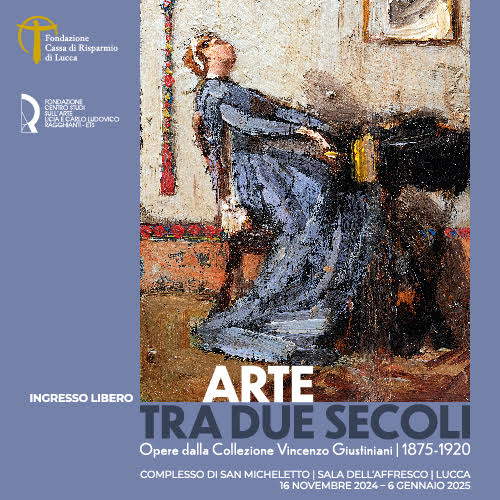Aspromonte, discovered wall structure possibly built to trap Spartacus and his army
Discovered is a wall structure that stretches for nearly three kilometers through the woods of Dossone della Melia, overcoming steep gradients, a plateau and, in the final part, even a stream. This find is the result of a complex research program conducted by the Soprintendenza Archeologia, Belle Arti e Paesaggio for the metropolitan city of Reggio Calabria and the province of Vibo Valentia, in collaboration with the Aspromonte National Park.
The discovery of Roman weapons, which can be dated with certainty to the late Republican period, suggests that the structure could be identified with the wall erected by Consul Licinius Crassus in 72 B.C. to trap rebels led by Spartacus and prevent them from accessing any supplies. According to Greek historian Plutarch, the Romans quickly built a fortification “on the isthmus from sea to sea,” 330 stadia long, 15 feet wide and deep, flanked by a wall “of admirable height and solidity.” Spartacus’ parable came to an end in Bruttius. Defeated twice by Crassus and having failed in an attempt to cross the Straits of Messina to extend the revolt into Sicily, Spartacus and his army were forced to take refuge in the mountains of Calabria. Here, they suffered a further defeat, and the Thracian gladiator found death in battle.
Investigation activities carried out at the site have already led to the discovery of numerous metal objects datable between the second and first centuries B.C., including some curved iron blades, a spearhead, and two specimens of pilum (a special type of javelin used by the Roman army in short-range fighting). Also found were a pommel probably belonging to a sword and a cutting weapon handle. Research will continue: the current hypothesis may be confirmed through more extensive and thorough excavation investigations already planned by the Superintendency in cooperation with the central organs of the Ministry.
“The findings and related research,” said Culture Minister Gennaro Sangiuliano, “that the central and peripheral structures of the Ministry of Culture are carrying out in Calabria demonstrate once again how much there is to discover and how vast our cultural heritage is. A deposit of art and historical sediments unique in the world, concentrated especially in the South, which spans the millennia and can represent an opportunity for cultural growth and awareness of our history and identity but also for economic and social development. With great determination, the Ministry will continue in this action of research and enhancement of what has been discovered.”
“There are few cases in which archaeological investigation succeeds in providing enough elements to allow the immediate identification of what has been found with sites or even specific monuments mentioned in ancient sources,” explained Director General Archaeology Fine Arts and Landscape Luigi La Rocca. “More often this constitutes an opportunity for new knowledge, allows for updates and new readings, prompts the construction of new hypotheses and different interpretations of already known contexts. This is the case of the mighty wall structure located near the Cancelo Pass, within the territory of the municipality of Ciminà (Rc), already known for a long time to hikers who walk the trails of theAspromonte, the identification of which can now be proposed as the ”sea to sea“ barrage wall, from the Ionian to the Tyrrhenian Sea, built by Marcus Licinius Crassus in 72 BC.C. to prevent Spartacus from obtaining the supplies needed to survive the harsh winter in the Calabrian highlands on which the rebels, having failed to cross into Sicily, had to quarter.”
“This is thanks to the constant research and protection activities of the Minister’s peripheral offices and in light of the results of a brief but thorough investigation conducted by the Soprintendenza Archeologia belle arti e paesaggio for the provinces of Reggio Calabria and Vibo Valentia, which allowed the discovery, in particular, of a substantial group of weapons including a spearhead and two specimens of pilum, that is, the final part of the javelins supplied to the legions of Rome datable between within the first century BC,” La Rocca added. “This is a hypothesis that may find answers and confirmation following the expansion of archaeological investigations that the Superintendency will be able to conduct thanks to the support of the Minister and the central structures of the Ministry of Culture.”
 |
| Aspromonte, discovered wall structure possibly built to trap Spartacus and his army |
Warning: the translation into English of the original Italian article was created using automatic tools. We undertake to review all articles, but we do not guarantee the total absence of inaccuracies in the translation due to the program. You can find the original by clicking on the ITA button. If you find any mistake,please contact us.






























